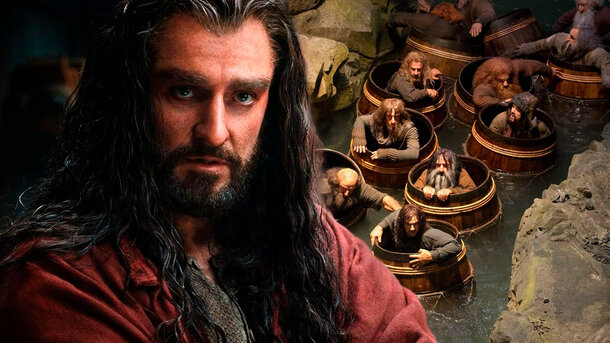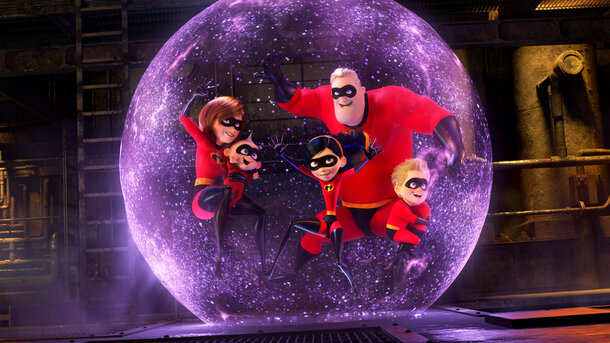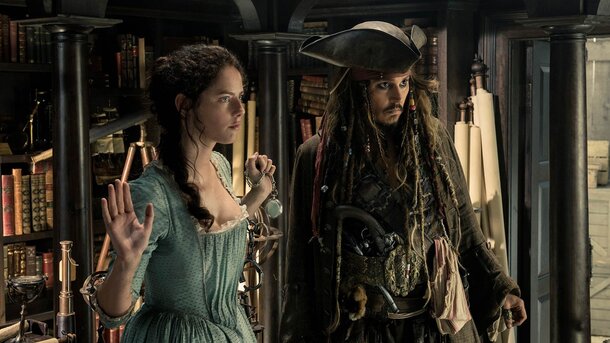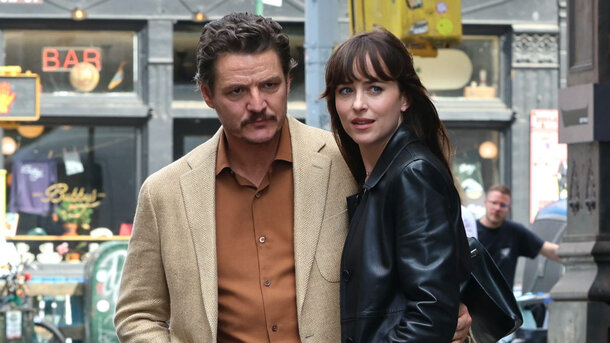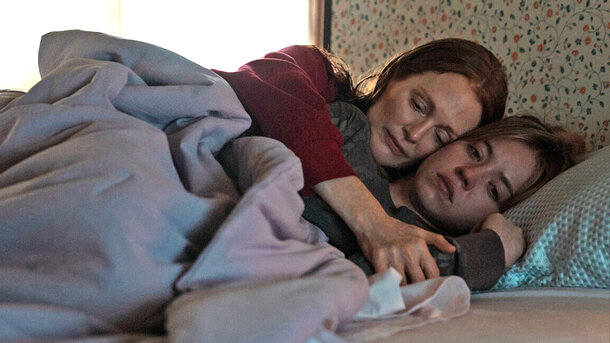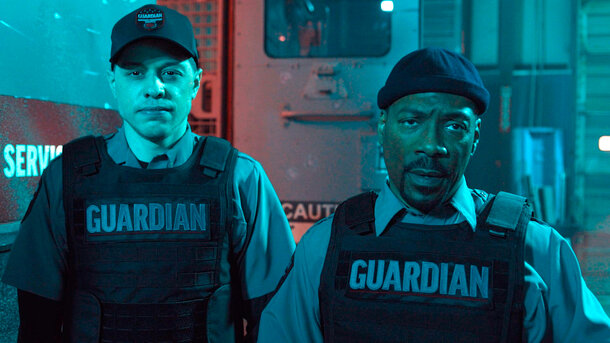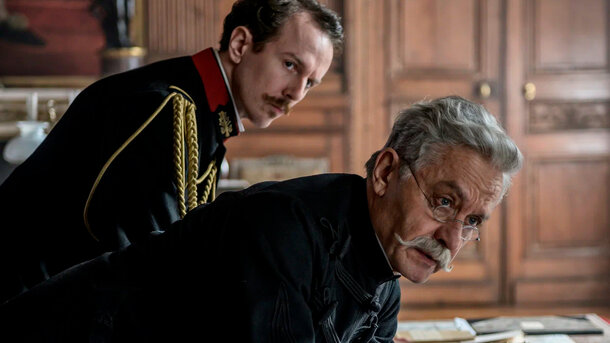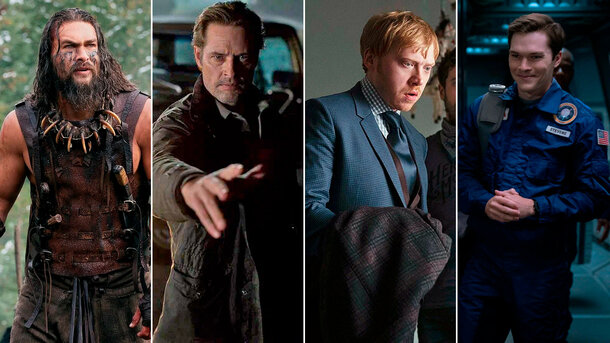When Peter Jackson announced he would adapt The Hobbit, fans of Middle-earth held their breath. However, the news that a small book would be stretched into a full trilogy stirred mixed feelings. Some were thrilled, others puzzled: how could such a modest volume fill three films? The answer is simple — changes were inevitable.
Why Gandalf Chose Bilbo
In the book, the wizard recalled Belladonna Took — Bilbo’s mother, whose adventurous spirit inspired him. In the films, Gandalf relies on memories of young Bilbo dreaming of great journeys.
The Dwarven Contract
Tolkien didn’t overwhelm readers: Bilbo’s contract was a short note. In the film, it becomes a massive scroll, highlighting the dwarves’ meticulousness and adding a touch of humor.
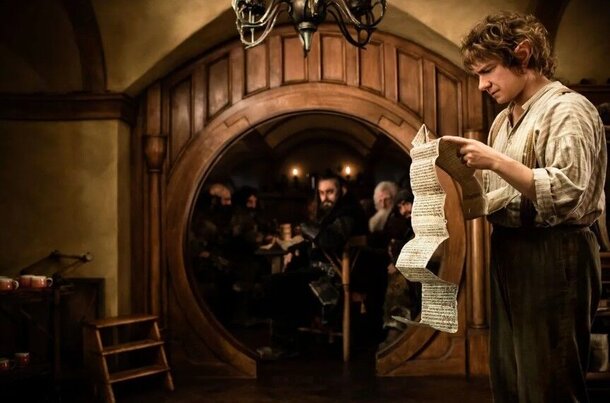
The Necromancer’s Story
In the original, Gandalf already knew about the threat of Sauron. In the films, he learns about it from Radagast, which changes the motivation behind his actions.
Eagles: Chance or Rescue
According to the book, the eagles noticed the trouble on their own. In the film, Gandalf summons them using a moth. This cinematic move adds more spectacle to the scene.
Who Azog Is
Azog did exist, but according to the books, he was killed long before the events of The Hobbit. In the films, he is brought back as the central antagonist of the entire trilogy.
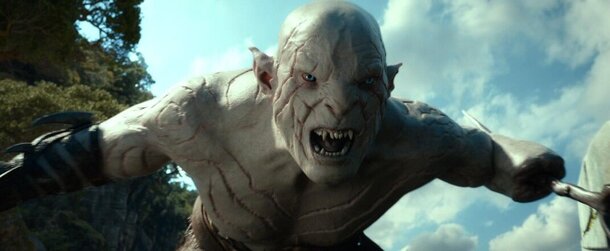
Radagast the Brown
In the books, he is mentioned briefly. Jackson turned him into an eccentric but kind wizard with full scenes of chases and rescues.
Legolas Appears Where He Wasn’t
Legolas became an element of fan service: he doesn’t appear in the book but takes a prominent role in the films, though his presence raises questions.
Tauriel: A Character from Nowhere
Tauriel is an entirely invented character. Her story and romantic line with Kili were added purely for drama but do not add significant value to the plot.
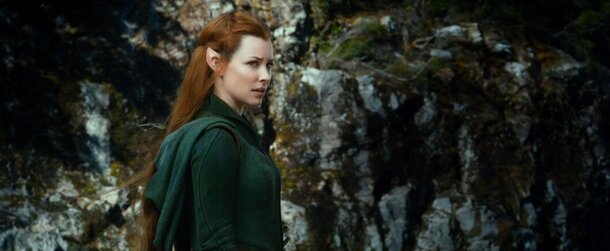
The Story of Sting
In the book, the finding of Sting was a symbolic moment for Bilbo. In the films, this moment is barely emphasized: the sword simply ends up in his hands after the battle with the trolls.
Bilbo’s Age
The difference between Martin Freeman and Ian Holm became a noticeable inconsistency. In the book, Bilbo aged slowly because of the Ring, but in the films, the visual change of actors makes this less convincing.
The Hobbit trilogy turned out to be grand and vibrant but drifted far from the spirit of the original book. Peter Jackson added much: expanded the plot, introduced new characters, and intensified drama and action. This made the films spectacular but sometimes at the expense of the warmth and simplicity found in Tolkien’s story. Despite the controversial choices, the adaptation still gave fans another chance to dive into beloved Middle-earth and relive the adventures alongside Bilbo and the dwarves.
